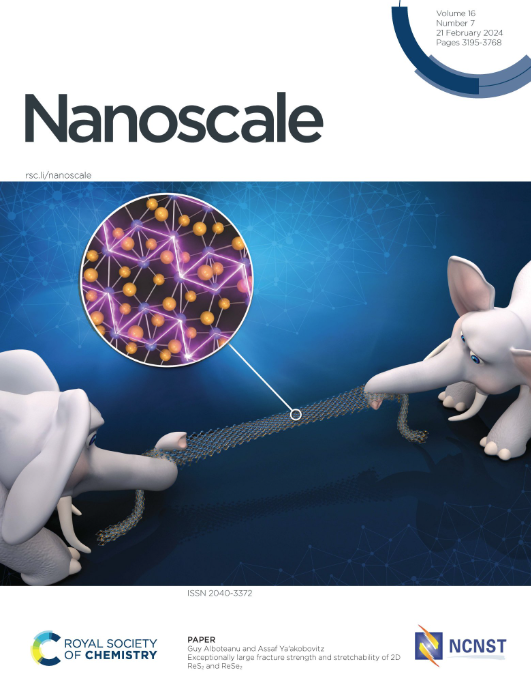Microscopic morphology modulation and microwave absorption properties of nano-ZnO
IF 5.8
3区 材料科学
Q1 CHEMISTRY, MULTIDISCIPLINARY
引用次数: 0
Abstract
Electromagnetic waves can cause varying degrees of damage to the human body and equipment, making the development of unique nanostructured materials with excellent reflection loss (RL), minimal thickness, wide frequency band, and light weight highly valued. To enhance the efficiency of microwave absorption, this study employs the hydrothermal method, using copper sheets as substrates, and varying the concentration of precursors, reaction time, and reaction temperature, successfully preparing three different morphologies of nano-ZnO (flake-like, flower-like, and rod-like). The electromagnetic properties and wave absorption performance of the obtained three morphologies were analyzed. The microwave loss effect of ZnO mainly comes from the sample's dielectric polarization, interfacial polarization, and multiple reflections. By comparing the different morphologies of ZnO, rod-like ZnO has better impedance matching and attenuation capabilities. When mixed with paraffin at a mass ratio of 20 wt% and a thickness of d = 3.5 mm, the sample exhibits good wave absorption performance (−11.02 dB) and an effective absorption bandwidth of 2.42 GHz. When rod-like ZnO is mixed with paraffin wax at 50 wt%, the maximum scattering loss is −19.2 dB and the effective absorption bandwidth is 1.5 GHz at a thickness of 4.5 mm and 16.82 GHz. There are significant differences in the absorption of electromagnetic waves by nano-ZnO with different microstructures, making it particularly important to study the absorption characteristics and microwave loss mechanisms of ZnO with specific morphologies.

求助全文
约1分钟内获得全文
求助全文
来源期刊

Nanoscale
CHEMISTRY, MULTIDISCIPLINARY-NANOSCIENCE & NANOTECHNOLOGY
CiteScore
12.10
自引率
3.00%
发文量
1628
审稿时长
1.6 months
期刊介绍:
Nanoscale is a high-impact international journal, publishing high-quality research across nanoscience and nanotechnology. Nanoscale publishes a full mix of research articles on experimental and theoretical work, including reviews, communications, and full papers.Highly interdisciplinary, this journal appeals to scientists, researchers and professionals interested in nanoscience and nanotechnology, quantum materials and quantum technology, including the areas of physics, chemistry, biology, medicine, materials, energy/environment, information technology, detection science, healthcare and drug discovery, and electronics.
 求助内容:
求助内容: 应助结果提醒方式:
应助结果提醒方式:


